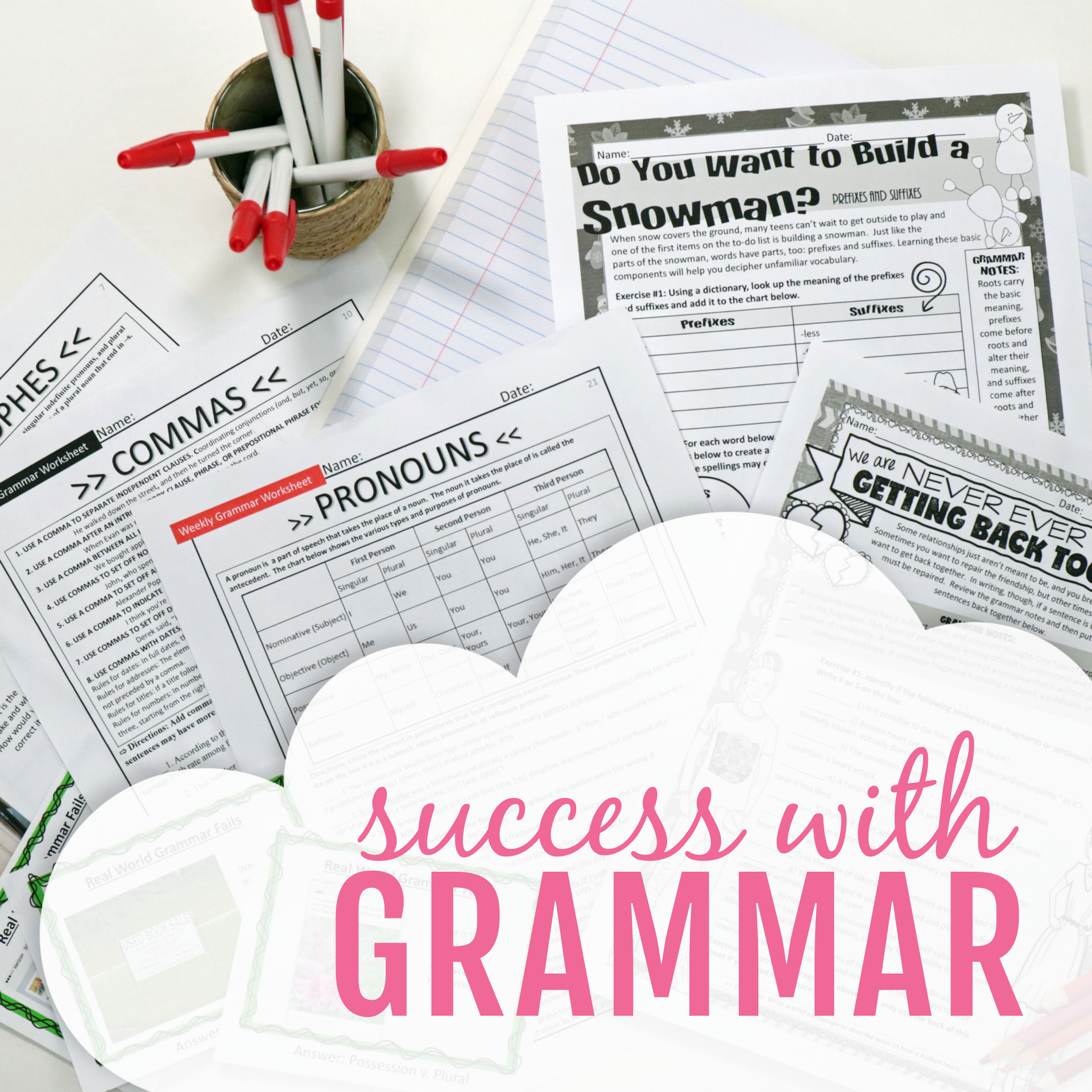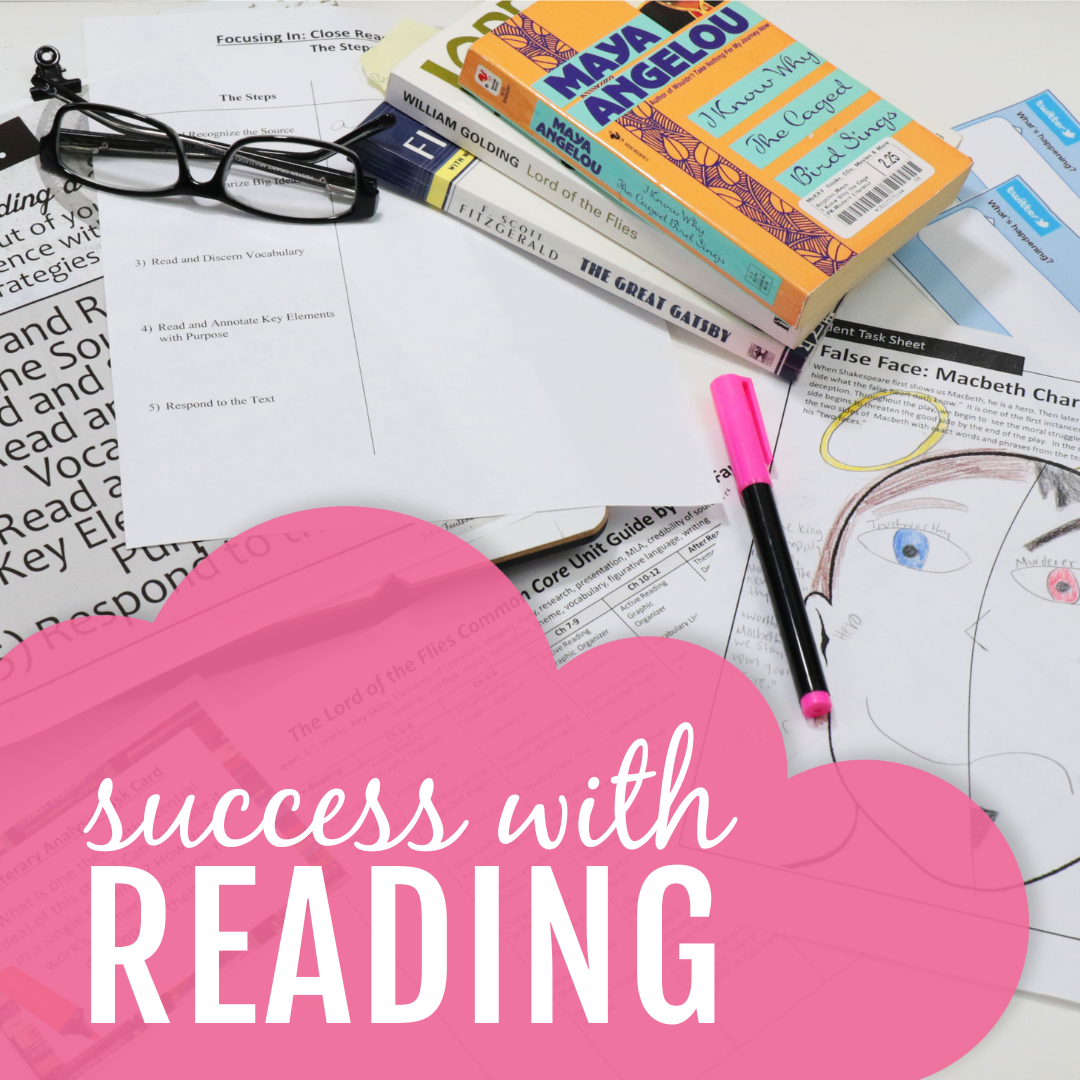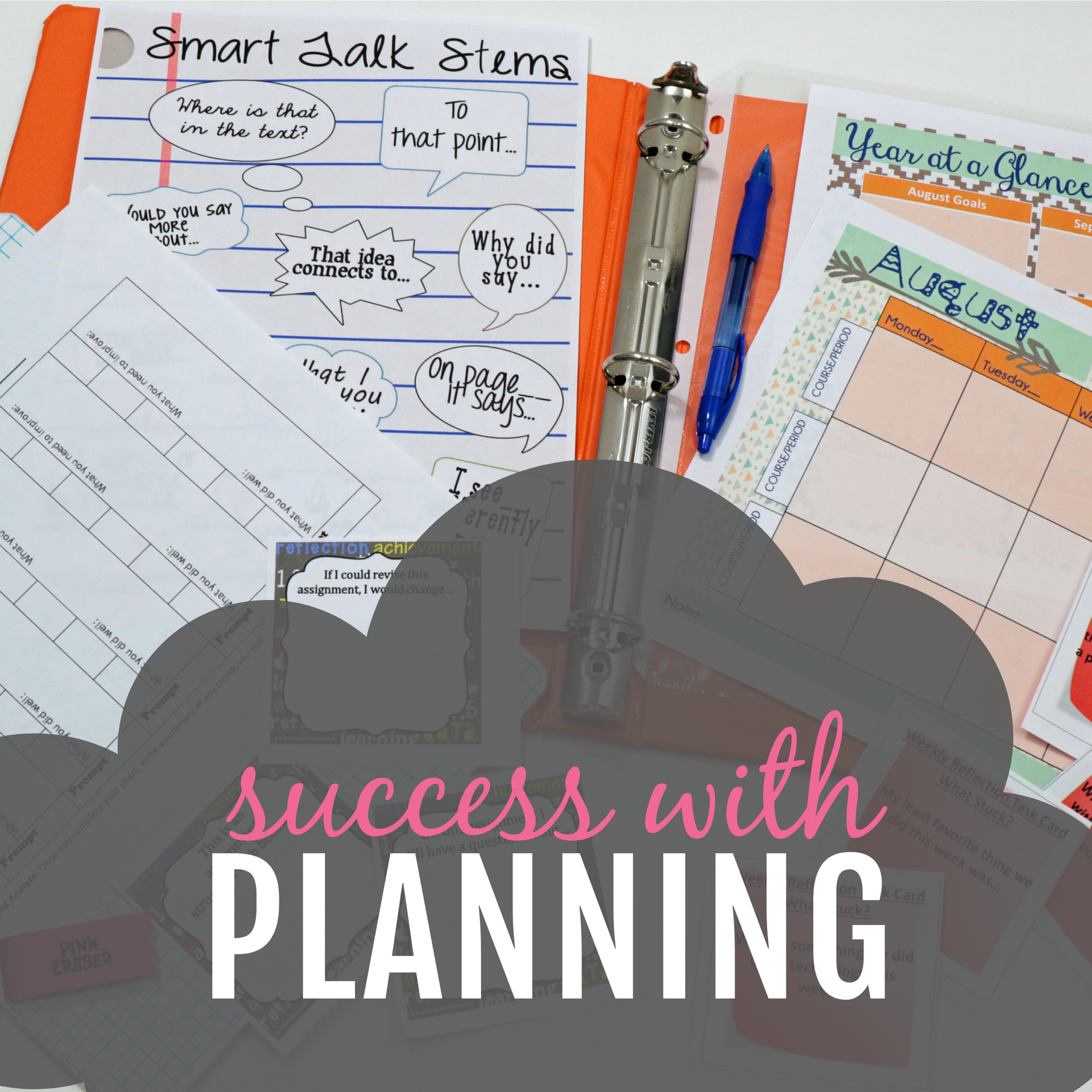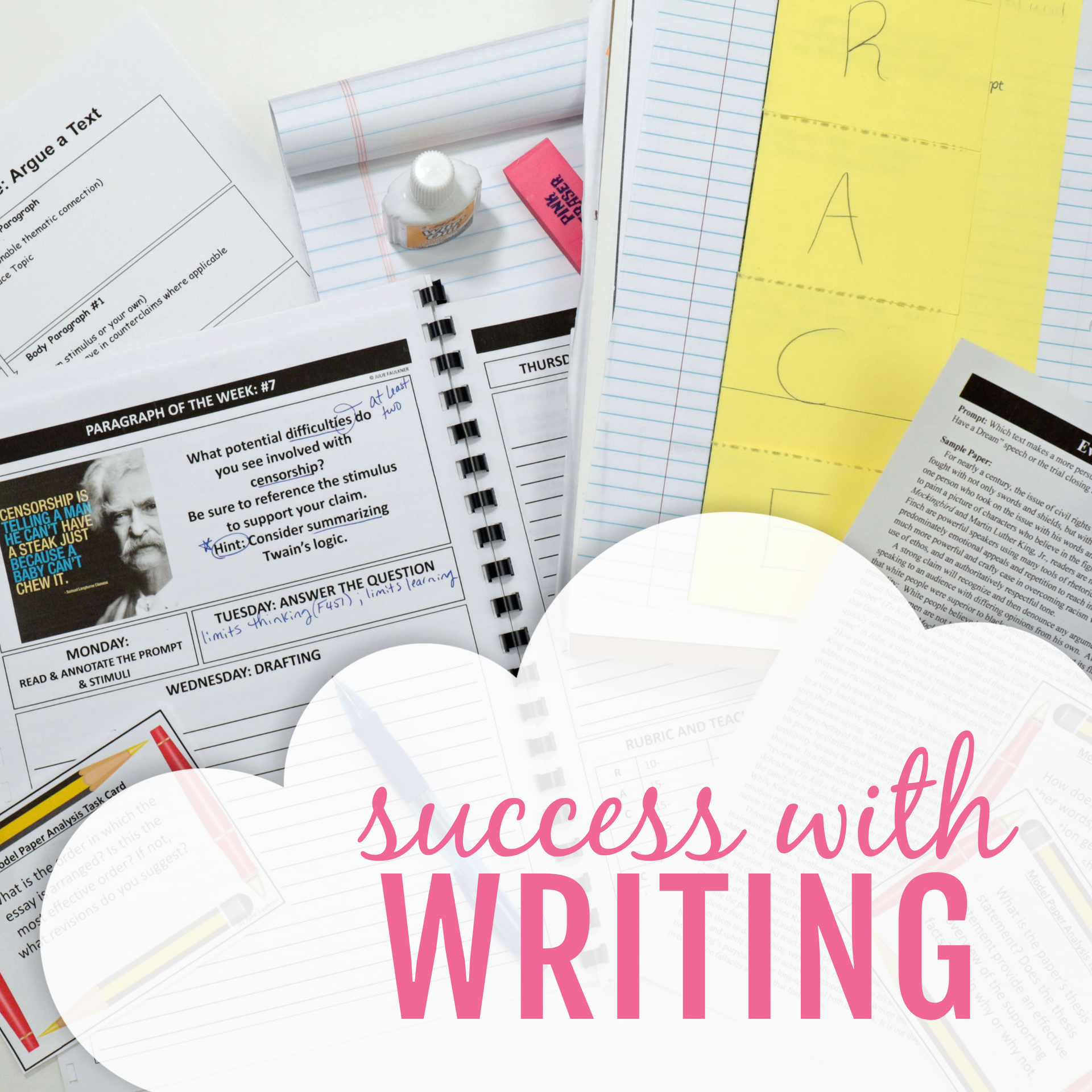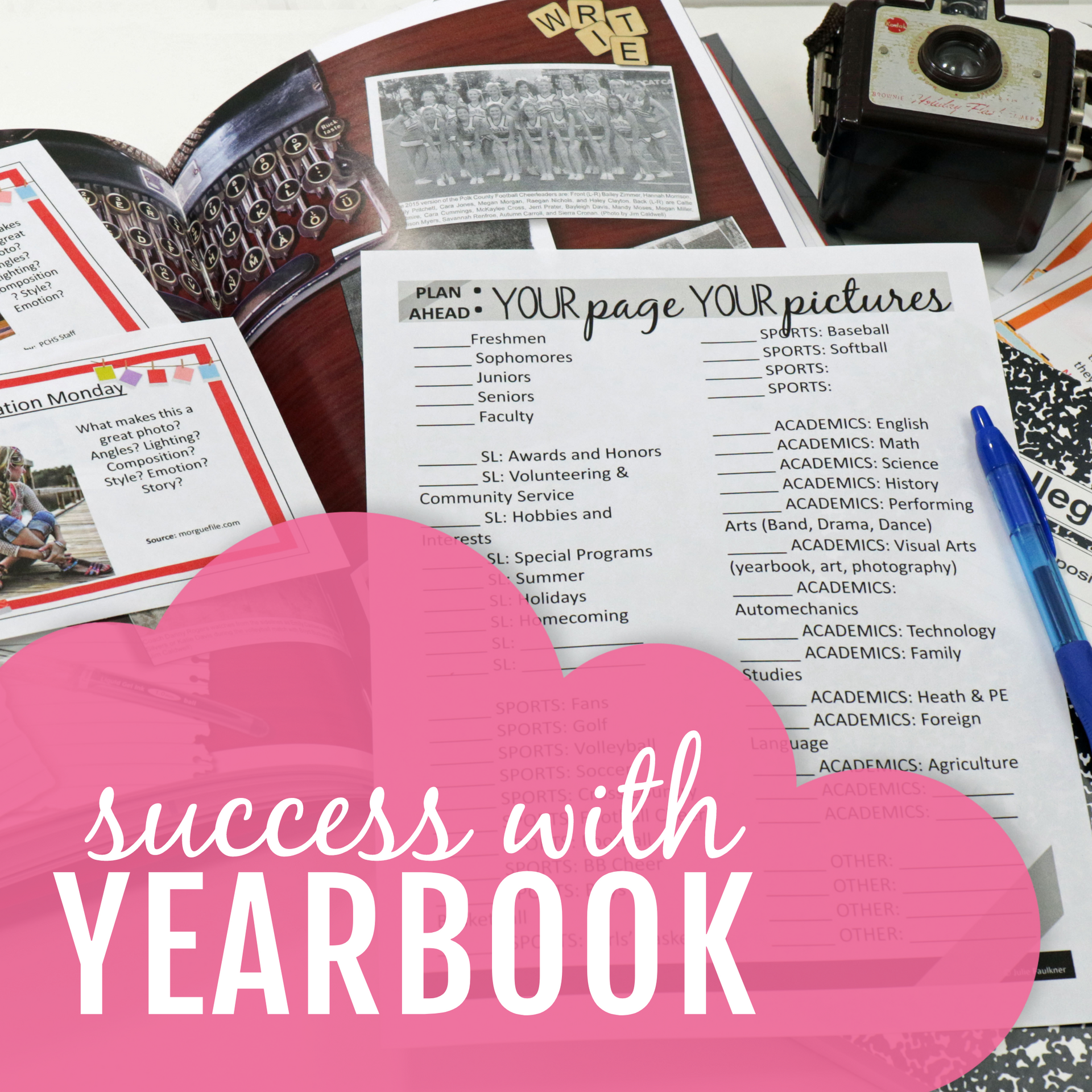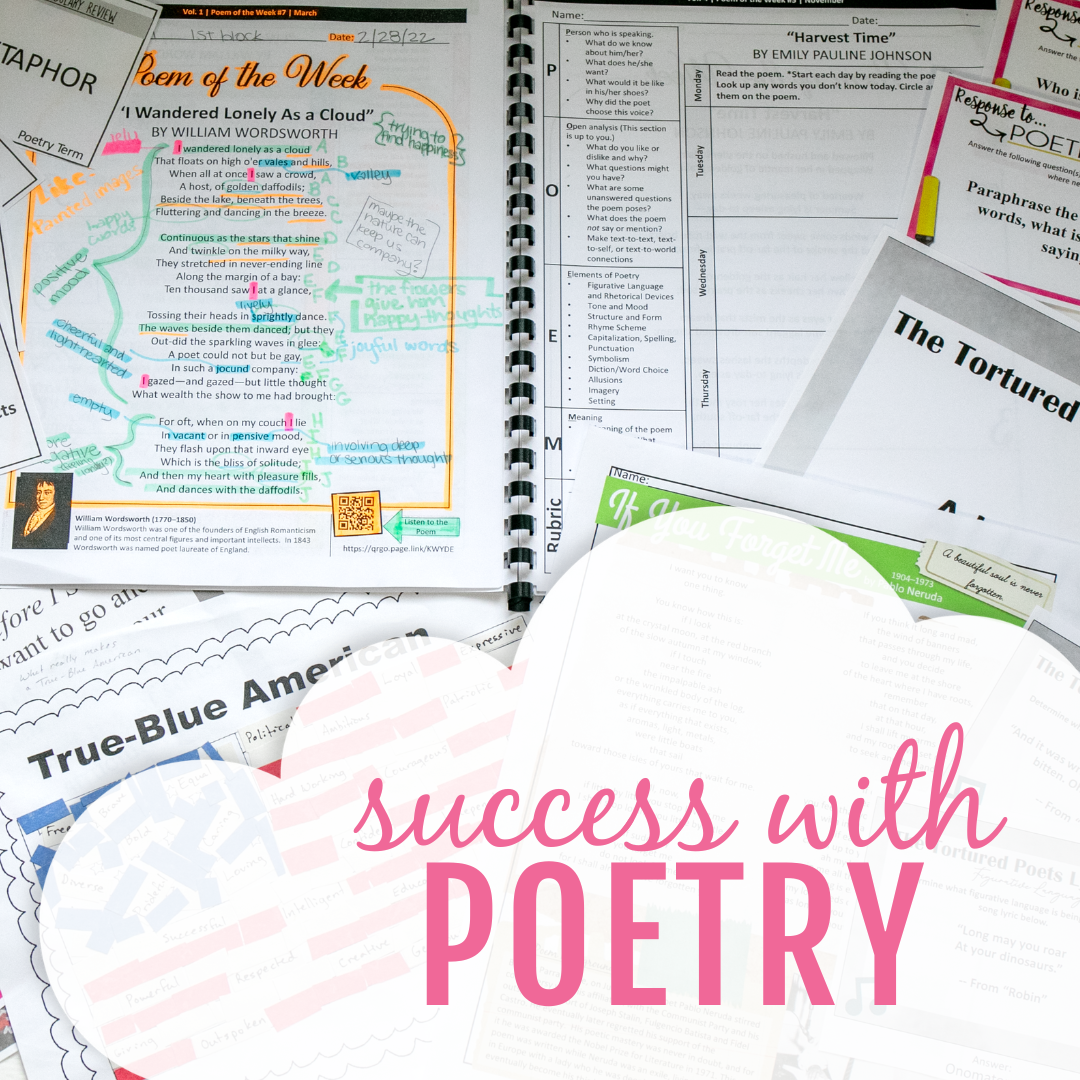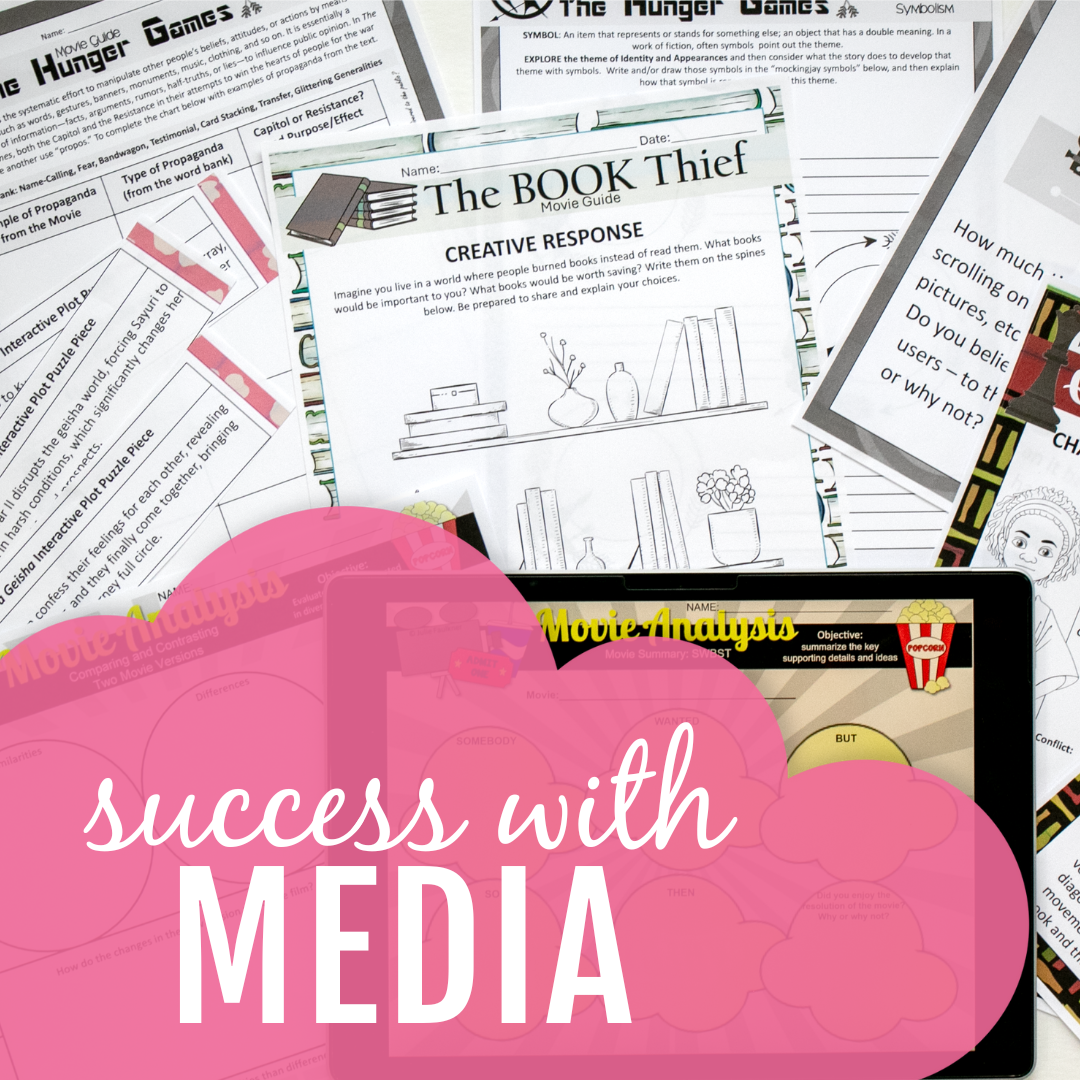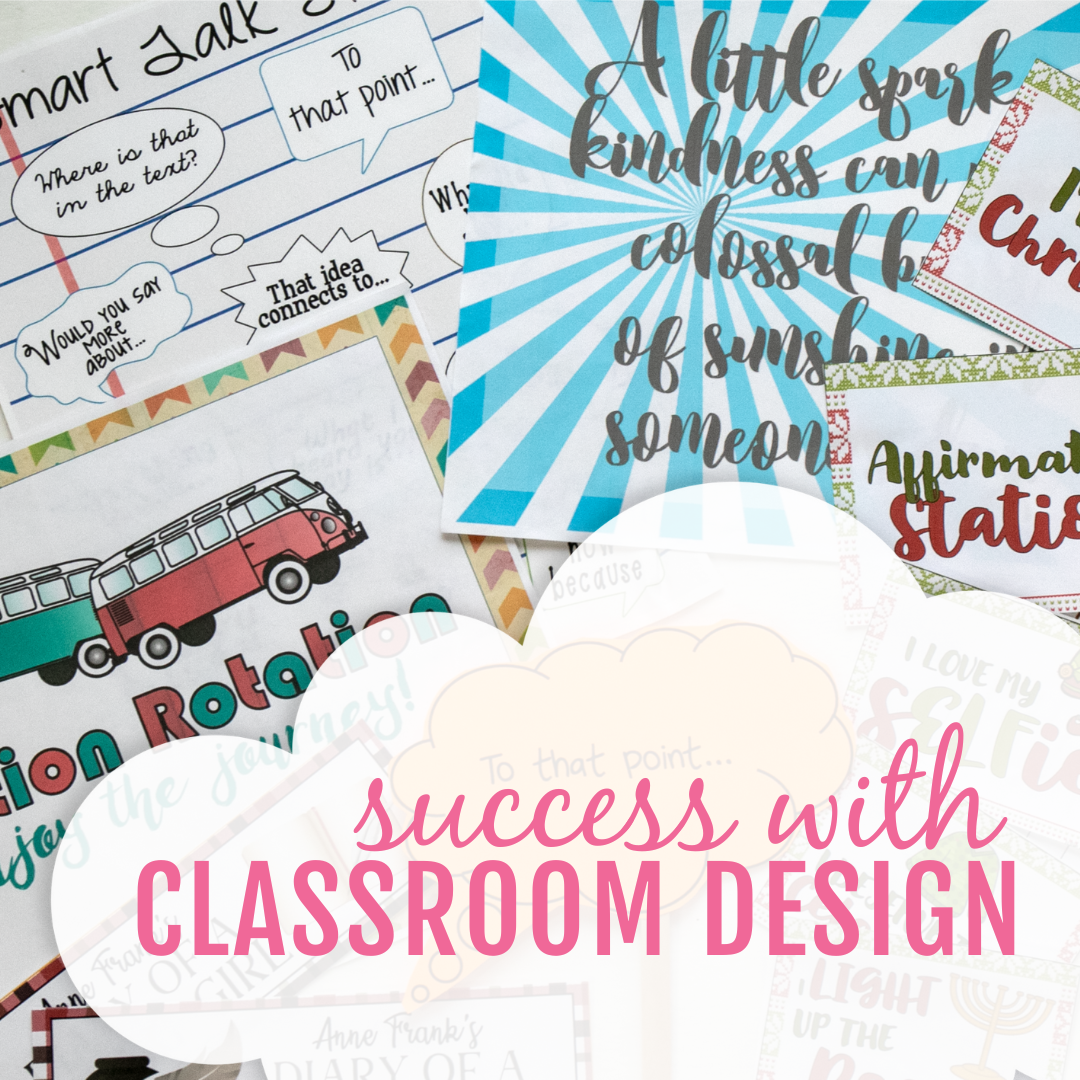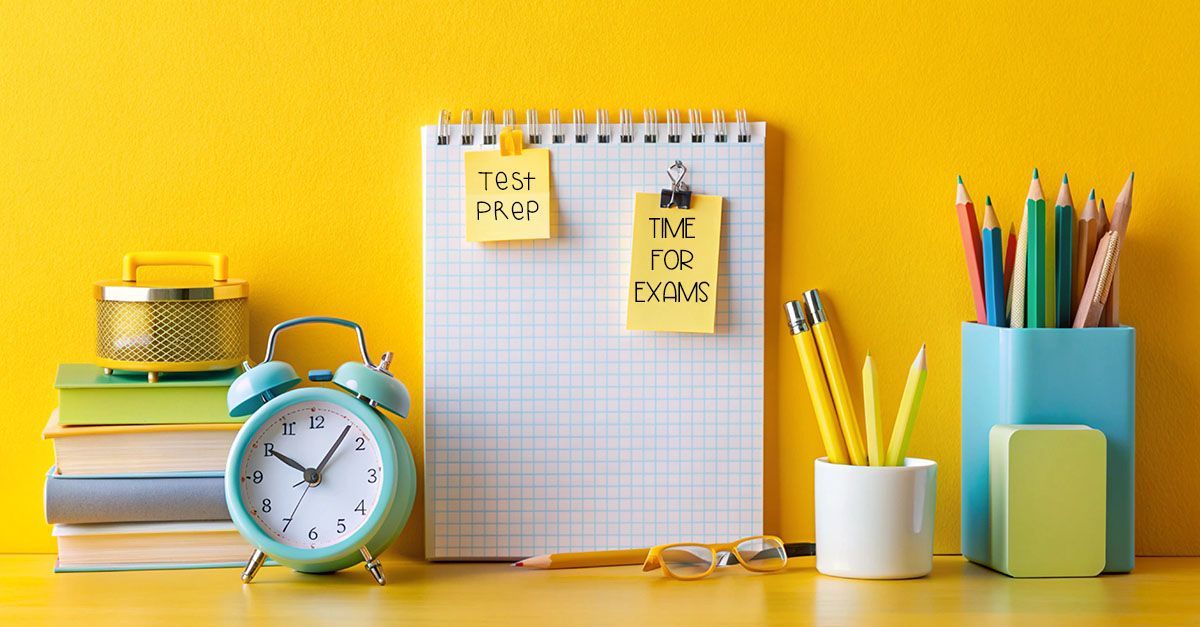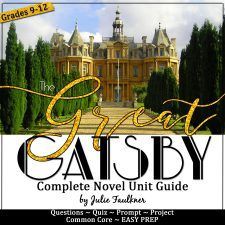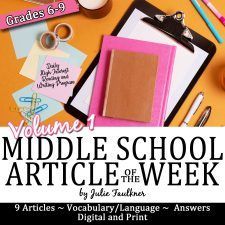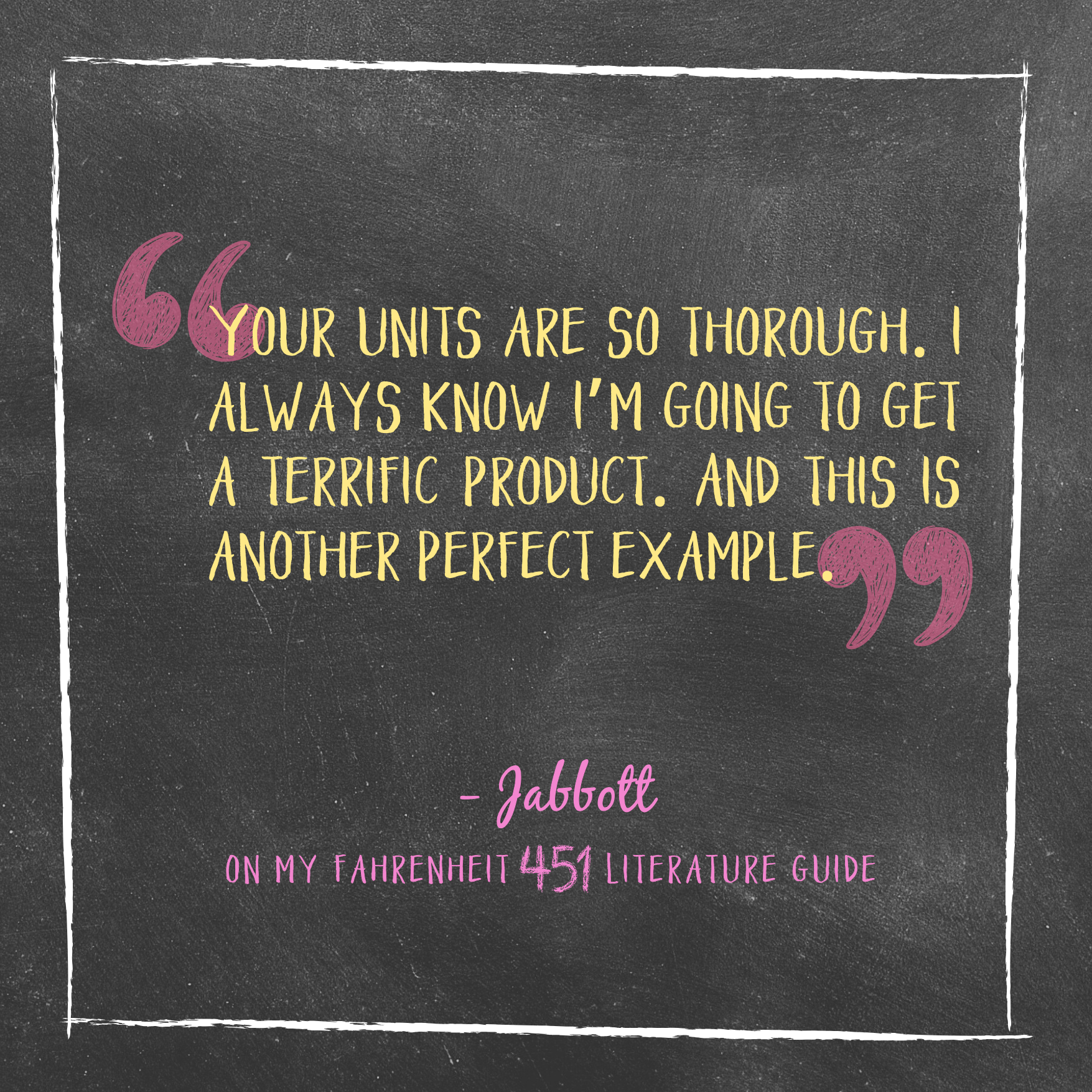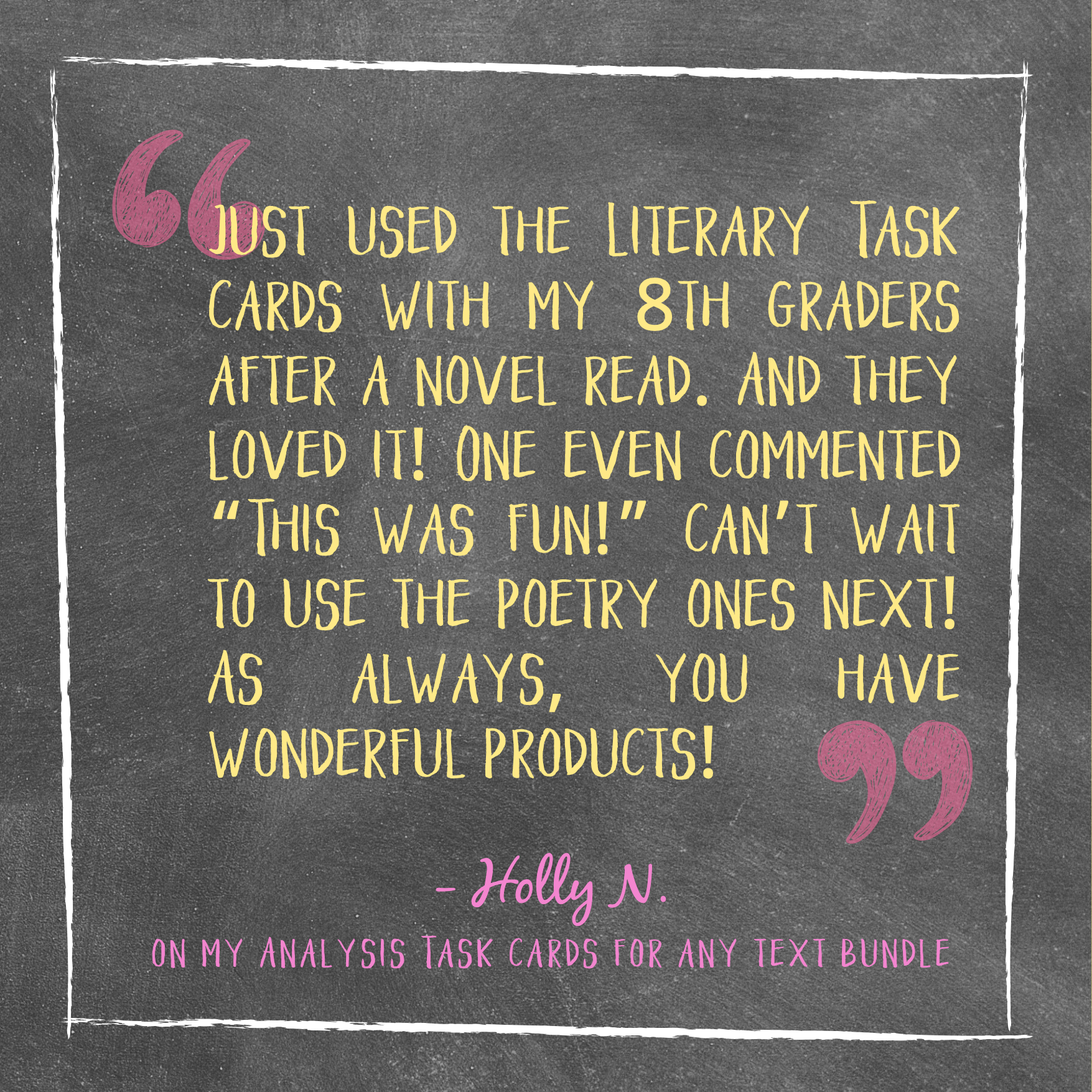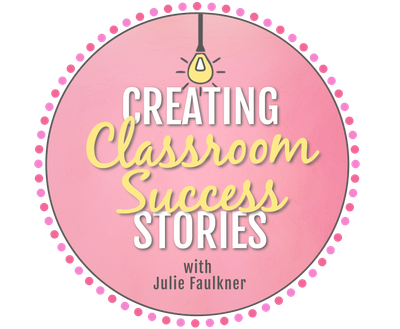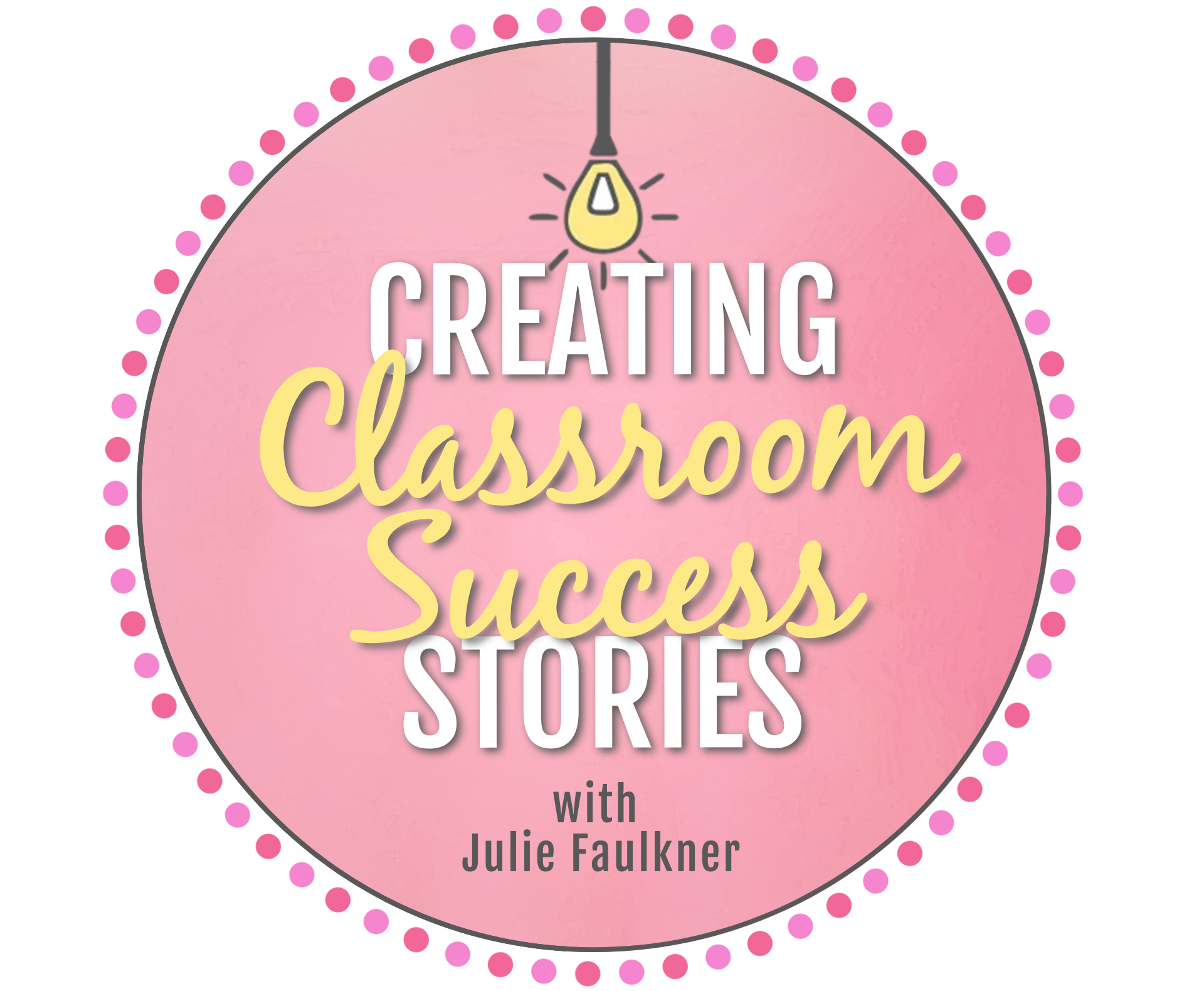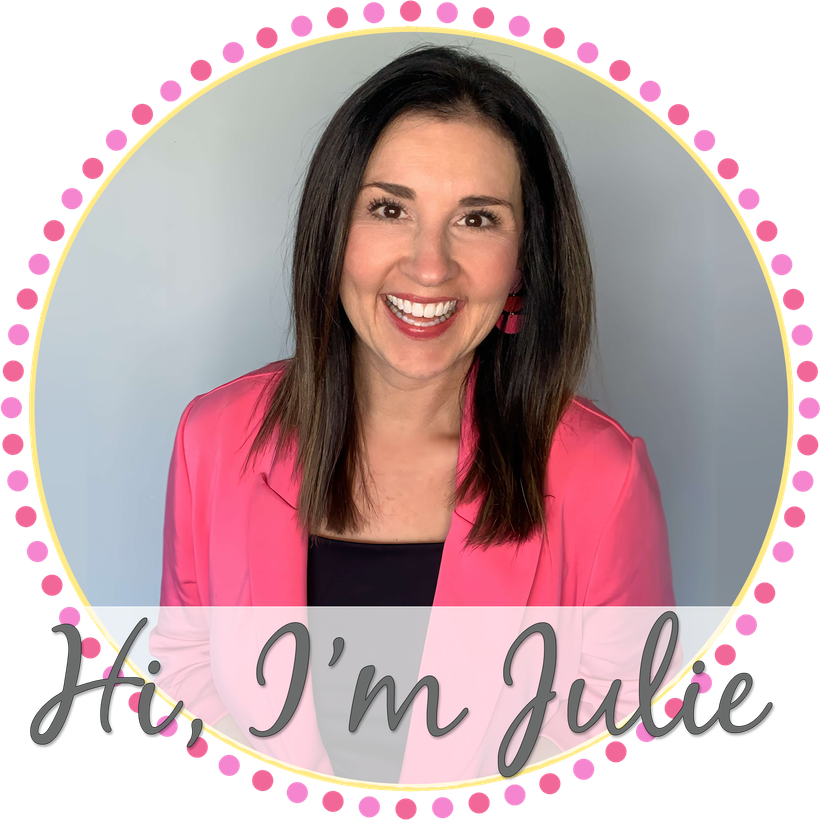
I'm glad you are here! My educational resources for teachers are creative, practical, innovative, and classroom-tested for middle and high school English, Yearbook/Journalism, and more! My education includes a Bachelor’s Degree in Secondary Education with a minor in English, a Master’s Degree in English, and an Educational Specialist Degree in Instructional Leadership with a Principal Licensure. With those degrees, I have been fortunate enough to serve since 2004 in education in the state of Tennessee. I taught English at middle, high, and college levels throughout those years. For over a decade, I was the yearbook sponsor as well. Those years have been served in rural and suburban settings as well as with students in on-grade level, honors, and inclusion courses, which has given me a unique perspective on students’ learning styles as well as an appreciation for how much of a role a student’s background plays in the educational process. I look forward to teaching the students who walk into my classroom every day, and I am passionate about fostering classroom success stories through the lessons, materials, and resources I create -- but most importantly through the relationships that I am fortunate enough to develop. If you were to step into my classroom, you would see engaging, student-centered, collaborative, hands-on, critical thinking. I believe all my products are user-friendly, keeping the students and teachers in mind. To me, my job is about creating classroom success by teaching students to see, make, and appreciate real-world connections. The world around them is full of opportunity, and I want them to notice that and seize it. With that, I love helping
you create
your
own classroom success stories!

